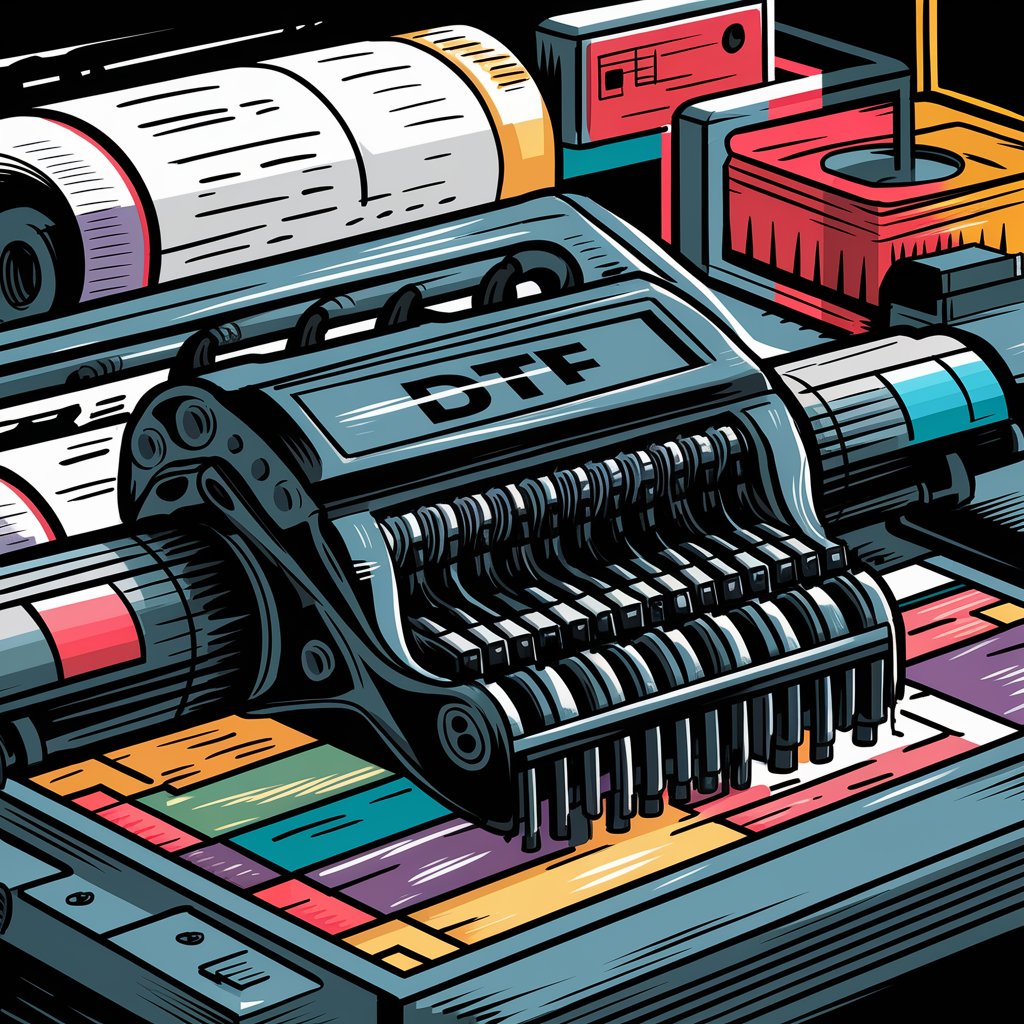DTF Transfer Guide: How to Use DTFPRO Printhead Cleaning Solution for Your DTF Printer

DTF Transfer Guide: How to Use DTFPRO Printhead Cleaning Solution for Your DTF Printer

Hey there, fellow printing enthusiasts! Today, we're diving into the world of DTF Transfer and exploring how to maintain your DTF Printer using the DTFPRO Printhead Cleaning Solution. If you've been experiencing clogs or banding in your prints, this guide is for you. Let's get those printheads clean and your prints looking sharp!
Why DTF Printhead Maintenance is Crucial
Maintaining your Direct to Film (DTF) printer is essential for ensuring high-quality prints and prolonging the life of your equipment. Clogged printheads can lead to poor print quality and wasted materials. Regular cleaning can prevent these issues and keep your printer running smoothly.
Method 1: Soaking the DTF Printhead
The first method we'll cover is soaking the printhead. This is ideal if you're noticing slight clogs or banding in your prints.
- Prepare the Cleaning Solution: Use a syringe to draw about 5 ml of the DTFPRO cleaning solution.
- Jog the Printhead: Move the printhead to a position where you can access it easily.
- Wet Cap the Printhead: Fill the printhead halfway with the cleaning solution and return it to its position. Let it sit for about 30 minutes. This allows the solution to break up any solvents in the ink and clear the printhead.
Method 2: Printhead Flush (Waterfall Method)
If soaking doesn't resolve the issue, it's time to try a more thorough cleaning method known as the printhead flush or waterfall method.
- Prepare the Setup: Cut an empty container to fit underneath the printhead to catch excess solution.
- Block Off Channels: Block off the channels to access the specific color that needs cleaning.
- Remove Dampers: Gently remove the dampers to expose the printhead nozzle.
- Flush the Printhead: Use a syringe with about 10 ml of cleaning solution and plastic tubing. Gently flush the printhead by slowly pushing the solution through. Avoid using too much force.
- Wait and Prime: After flushing, wait about 20 minutes. Then, prime your ink lines and run a couple of head cleans.
Troubleshooting
If the printhead is still clogged after these methods, you may need to repeat the process. For stubborn clogs, consider using an extreme cleaning capping solution. Stay tuned for our next video on this advanced cleaning method.
FAQs: Things You Should Know More About Direct to Film Transfers
What Are DTF Print Transfers?
DTF (Direct-to-Film) print transfers involve printing designs onto special transfer films using a DTF printer. The process includes applying a powder adhesive to the printed film, which is then cured and ready for transfer. This method allows for vibrant, detailed images with excellent durability. The transfer is applied to the fabric using a heat press, bonding the design to the material. DTF transfers are versatile, working on various fabrics like cotton, polyester, and blends, and they don't require pre-treatment of the fabric, making them a popular choice for custom apparel.
How Can I Custom Transfers?
To create custom transfers, start with designing your artwork using graphic design software. Print the design onto DTF transfer film using a DTF printer. Apply a special adhesive powder to the wet ink on the film, then cure the adhesive. Once ready, position the film on the fabric and use a heat press to transfer the design. After pressing, peel off the film, leaving the design on the fabric. This process allows for precise and vibrant custom designs, suitable for various textiles and applications.
Should I Buy A DTF Printer
Consider buying a DTF printer if you frequently need to produce high-quality custom apparel or textile designs. DTF printing offers vibrant colors, detailed images, and versatility across different fabric types without pre-treatment. It's a cost-effective option for small businesses or individuals seeking to expand their printing capabilities. However, it requires initial investment in equipment and materials, along with a learning curve to master the process. Evaluate your production needs, budget, and willingness to manage the printing process before making a decision.
What's The Difference Between DTF Transfers and Heat Transfer Vinyl?
DTF (Direct-to-Film) print transfers involve printing designs onto special transfer films using a DTF printer. The process includes applying a powder adhesive to the printed film, which is then cured and ready for transfer. This method allows for vibrant, detailed images with excellent durability. The transfer is applied to the fabric using a heat press, bonding the design to the material. DTF transfers are versatile, working on various fabrics like cotton, polyester, and blends, and they don't require pre-treatment of the fabric, making them a popular choice for custom apparel.
Conclusion
Regular maintenance of your DTF Printer using the DTFPRO Printhead Cleaning Solution can save you time and money by preventing clogs and ensuring high-quality prints. If you have any questions or need further assistance, feel free to leave a comment. Happy printing!
